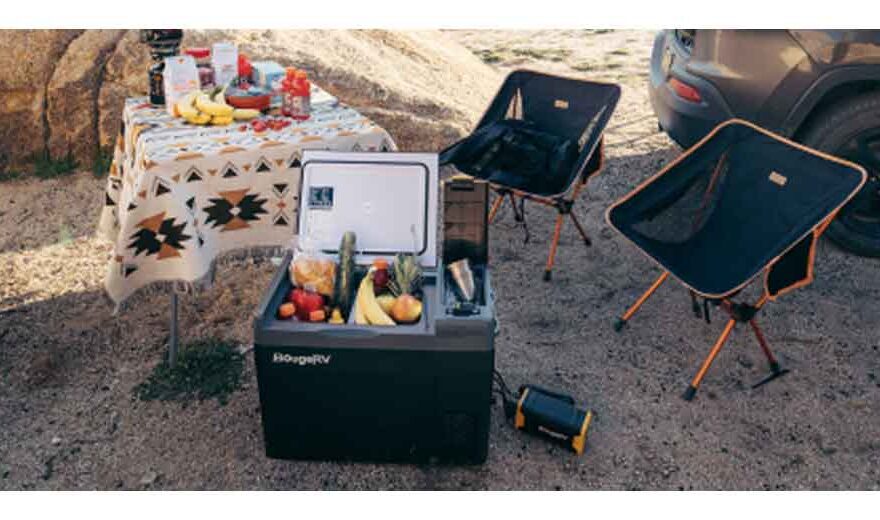Finding the Perfect Neighborhood in 2025

Your home isn’t just about the house—it’s about the community around you. Figuring out what neighborhood am I in can lead you to places that truly feel like home. Tools that analyze local demographics and lifestyle trends help you find spots that fit your vibe.
The right neighborhood shapes your everyday life—your commute, your social circle, even your weekend routines. So before you start browsing listings, ask yourself: What can’t I live without, and where am I willing to compromise? When you find the right match, it doesn’t just feel like a place to live—it feels like your place.
And if you’ve ever struggled to determine what neighborhood am I in by address—don’t stress. These days, a quick search on platforms like https://peoplesearch.ai/ pulls up maps, local insights, and even hidden gems nearby. It’s never been easier to see if your current spot checks all your boxes or if it’s time to explore somewhere new.
What Really Matters in a Neighborhood?
Start by thinking about your daily habits. Do you love morning jogs in the park? Weekend coffee runs to that perfect café? Your ideal neighborhood should make those little joys effortless.
Commute & Convenience
If you’re grinding through a 9-to-5, a shorter commute might be non-negotiable. Look for spots near transit or major roads. But if you’re remote or hybrid, maybe space and quiet win out. These days, more cities are embracing the “15-minute neighborhood” idea—where everything you need is just a quick walk or bike ride away.
Must-Have Amenities
Some people thrive near buzzing downtowns with bars and galleries; others want trails, parks, and peace. Grocery stores, gyms, and doctors’ offices matter too—because nobody wants to drive 20 minutes for milk.
Things to Do
Love hiking? Check for nearby trails. Big on sports? Scope out rec centers or pools. Families will want playgrounds and solid schools. Your hobbies should fit seamlessly into where you live.
The Vibe
A neighborhood’s personality matters. Are people chatty on sidewalks, or do they keep to themselves? Is there a strong community feel, or is it more private? A neighborhood communication app can give you a sneak peek into local conversations before you move.
What to Look For (and Watch Out For)
✅ Walkability – Can you stroll to shops and cafes, or will you need a car for every errand? Many real estate sites now include walk scores to help you compare.
✅ Safety – Check crime stats (local police departments often share them) and look for signs of an active community—neighborhood watches, well-kept streets, and good lighting.
✅ Budget – It’s not just about rent or mortgage. Property taxes, HOA fees, and even parking costs add up. And if an area’s getting trendy, prices might climb fast.
✅ Schools – Even if you don’t have kids, good schools boost property values. Sites like GreatSchools break down ratings and programs.
✅ Healthcare – How close are hospitals or urgent care? If you have specific health needs, this could be a dealbreaker.
Making It Feel Like Home
A great location becomes amazing when you connect with the people there. Learning how do you get along with your neighbors makes all the difference. Try:
- Hitting up local events or farmers’ markets.
- Joining a community group (book club, running group, volunteer org).
- Chatting with neighbors—even just saying hi builds familiarity.
- Checking if there’s a neighborhood directory for recommendations.
How to Research Like a Pro
- Browse neighborhood guides (Niche, AreaVibes) for ratings on safety, schools, and nightlife.
- Dig into census data for demographics and trends.
- Follow local blogs or Instagram pages to get a feel for the culture.
- Visit at different times—weekday mornings vs. weekend nights can feel totally different.
- Talk to locals—baristas, dog walkers, anyone who lives there.
At the end of the day, no neighborhood is perfect. But the right one will make your life easier, happier, and more you. Whether you’re into city energy, suburban calm, or somewhere in between—your perfect spot is out there.


